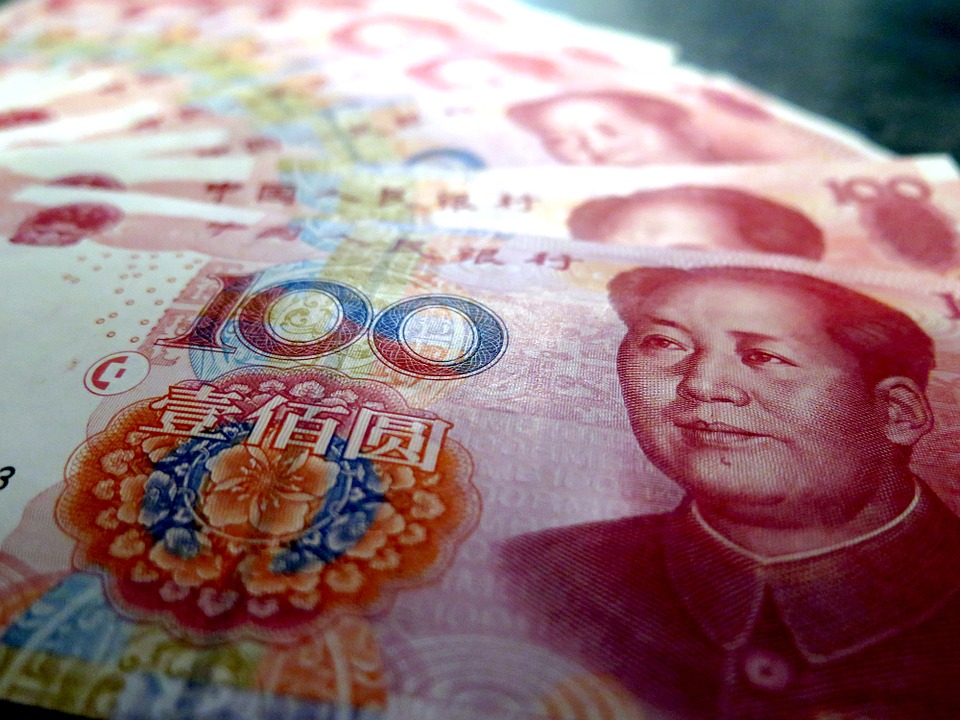Renminbi’s inclusion into the IMF’s list will change procedure for calculating course of artificial means of payment (Special Drawing Rights, SDR) operated by the fund. SDR is calculated at volume weighted rate of reserve currencies. Reserves available for the fund’s members are denominated in SDR; IMF also uses the “currency” for lending. The Fund noted that the currency basket expanded with renminbi will increase its representativeness. The Chinese currency’s proportion will number 10.92%, meaning it will be bigger than the British pound sterling (8.09%) and Japanese yen (8.33%). The first place will be kept by the US dollar (41.73%), in second place will rest the euro with 30.93%. The decision on renminbi will enter into force in around a year, starting from 1 October 2016.
The Fund's experts approved inclusion of renminbi in the basket back in the middle of November, acknowledging that the Chinese currency corresponds to two main criteria: share in world exports and usage in financial transactions. The second criterion assesses the extent to which the currency is used outside China (for example, how big obligations of non-residents are, and amount of bonds issued in RMB), as well as in what amounts it is traded on the leading stock exchanges (whether there are major risks of distortion of course operations).
These criteria do not imply full convertibility of renminbi. The Chinese authorities expect to fully liberalize it only by 2020 (now, China keeps restrictions on currency exchange, investment abroad and purchase of shares of Chinese companies on stock exchanges). However, to meet the IMF’s criteria, Bank of China has held a series of reforms aimed at liberalization of the financial sector. In particular, China has finally removed the ceiling rates on deposits (they limited share of private banks in the market). Renminbi has become more flexible (and made friends with the offshore rate); also, the government facilitated access to the Chinese bond market and process of conducting transactions with banks in the country thanks to launch of the payment system CIPS.
According to SWIFT, the Chinese currency is already ahead of the Japanese yen in terms of transactions, ranking fourth in the world with a share of 2.79%. Several countries have held some of its reserves in renminbi (mainly Asian countries - trade partners of China, and Australia). Yet, share of RMB in international reserves is low worldwide. It is 1.1%, including official loans to other countries. This is lower than that of the Australian and Canadian dollar).
Capital Economics notes that in spite of the reforms, the Central Bank of China’s recent actions may reduce the central banks’ trust to the Chinese currency. Recall that recently, China brought in measures aimed on protect its financial market, and to combat capital flight. The Peterson Institute also does not expect a significant increase in demand for assets in renminbi in the short term, but notes that the currency’s share in reserves can be increased to 5% by 2020.
source: reuters.com
The Fund's experts approved inclusion of renminbi in the basket back in the middle of November, acknowledging that the Chinese currency corresponds to two main criteria: share in world exports and usage in financial transactions. The second criterion assesses the extent to which the currency is used outside China (for example, how big obligations of non-residents are, and amount of bonds issued in RMB), as well as in what amounts it is traded on the leading stock exchanges (whether there are major risks of distortion of course operations).
These criteria do not imply full convertibility of renminbi. The Chinese authorities expect to fully liberalize it only by 2020 (now, China keeps restrictions on currency exchange, investment abroad and purchase of shares of Chinese companies on stock exchanges). However, to meet the IMF’s criteria, Bank of China has held a series of reforms aimed at liberalization of the financial sector. In particular, China has finally removed the ceiling rates on deposits (they limited share of private banks in the market). Renminbi has become more flexible (and made friends with the offshore rate); also, the government facilitated access to the Chinese bond market and process of conducting transactions with banks in the country thanks to launch of the payment system CIPS.
According to SWIFT, the Chinese currency is already ahead of the Japanese yen in terms of transactions, ranking fourth in the world with a share of 2.79%. Several countries have held some of its reserves in renminbi (mainly Asian countries - trade partners of China, and Australia). Yet, share of RMB in international reserves is low worldwide. It is 1.1%, including official loans to other countries. This is lower than that of the Australian and Canadian dollar).
Capital Economics notes that in spite of the reforms, the Central Bank of China’s recent actions may reduce the central banks’ trust to the Chinese currency. Recall that recently, China brought in measures aimed on protect its financial market, and to combat capital flight. The Peterson Institute also does not expect a significant increase in demand for assets in renminbi in the short term, but notes that the currency’s share in reserves can be increased to 5% by 2020.
source: reuters.com



















